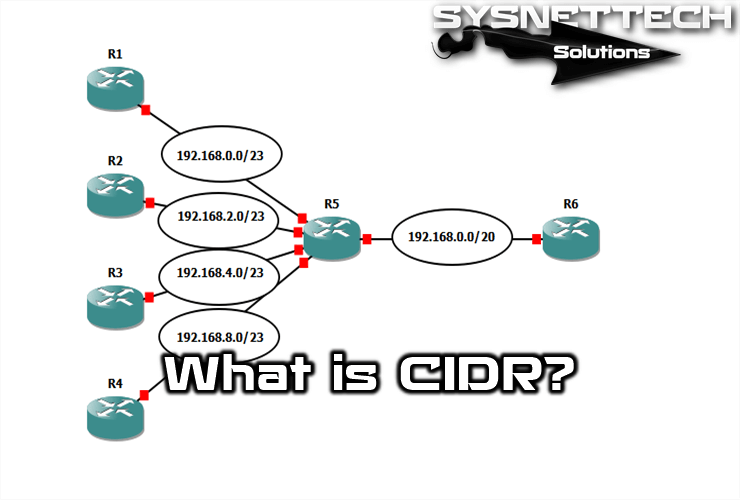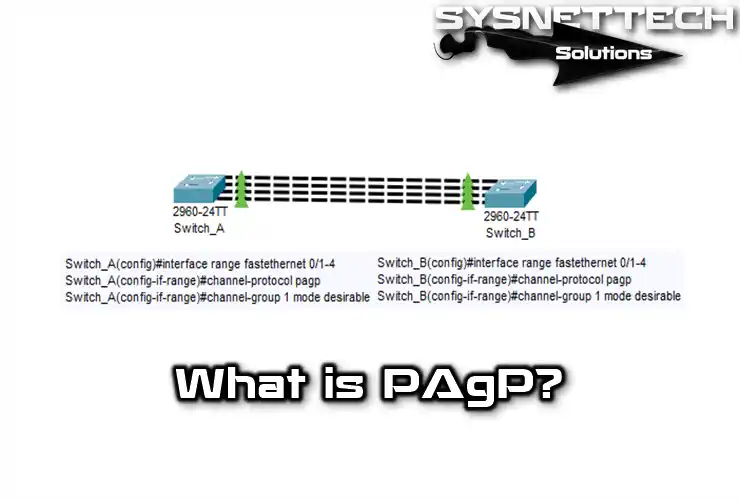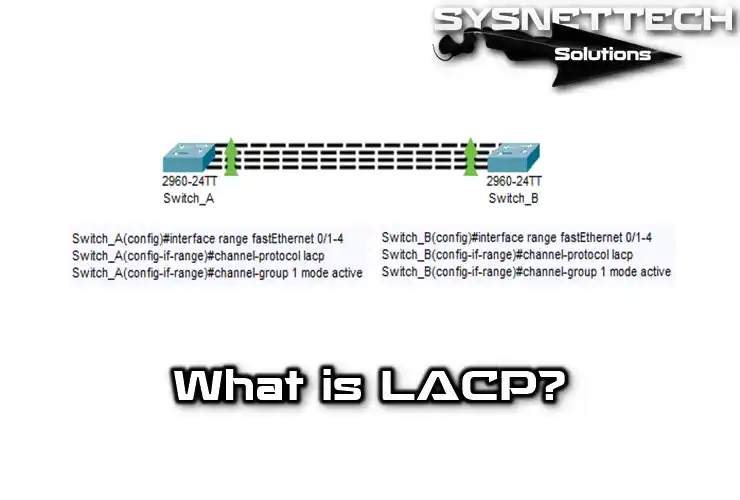As the Internet grew exponentially in the early 1990s, the size of routing tables maintained by Internet routers grew under IP address. Therefore, IETF introduced CIDR in RFC 1517 in 1993.

CIDR (Classless Inter-Domain Routing)
The CIDR replaces class network assignments, and the address classes (A, B, C) are outdated. With CIDR, the value of the first octet no longer determines the network address. Instead, the network area of the address is determined by the subnet mask, also known as “network prefix” or “prefix-length” (ie, / 8, / 19, etc.).
ISPs are no longer limited to the /8, /16, or /24 subnet mask. They can now allocate the address space more efficiently using any prefix length (ie, /8, /9, /10, etc.) starting with values of /8 and higher. The following figure illustrates how IP address blocks can be assigned to a network based on client requirements ranging from several hosts to hundreds or thousands of hosts.

CIDR also reduces the size of routing tables and manages IPv4 address space more efficiently in the following ways:
Rote Summarization: Also known as “prefix addition”. Routes are summarized in a single route to reduce the size of the routing tables. For example, a summary static route may replace several specific static route instructions.
Supernetting: This occurs when the route summary mask has a value smaller than the traditional default class mask.
Note that in the network topology above, R5 has four clients and each has a variable IP address space. The address range of the four clients can be summarized by a route to R6. Route 192.168.0.0/20, summarized or aggregated, includes all networks of clients A, B, C and D. This type of route is known as the “supernet path”. A subnet summarizes several network addresses with a mask smaller than the class mask.
What Does It Do?
Creating smaller routing tables makes searching in the routing table more efficient because there are fewer ways to search. If a static route can be used instead of several, the routing table is reduced in size. In most cases, a single static route can be used to represent dozens, hundreds or even thousands of routes.
CIDR digest paths can be configured using static paths. This helps reduce the size of the routing tables. As in the figure, R6 is configured to reach the networks defined in the topology. While acceptable, it would be more efficient to configure a static summary route.
Final Word
In this article, we have given basic information about CIDR technology which is frequently encountered in computer networks. Thanks for following us!
Related Articles
♦ Spanning Tree
♦ BackboneFast
♦ What is Switch?
♦ What is Router?
♦ Dynamic Routing



